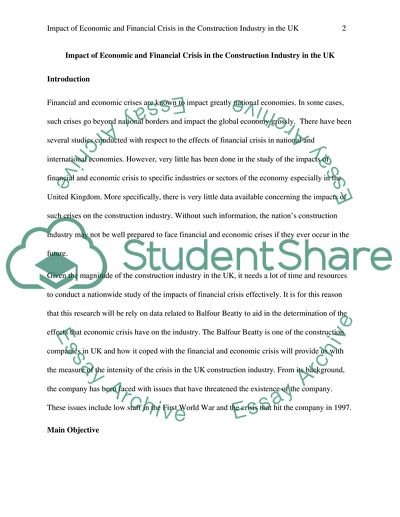Cite this document
(Impact of Economic and Financial Crisis in the Construction Industry Research Paper, n.d.)
Impact of Economic and Financial Crisis in the Construction Industry Research Paper. Retrieved from https://studentshare.org/macro-microeconomics/1748352-174848-gomyrovk-thesis-title-impact-of-economic-and-financial-crisis-in-the-construction-industry-in-the-uk
Impact of Economic and Financial Crisis in the Construction Industry Research Paper. Retrieved from https://studentshare.org/macro-microeconomics/1748352-174848-gomyrovk-thesis-title-impact-of-economic-and-financial-crisis-in-the-construction-industry-in-the-uk
(Impact of Economic and Financial Crisis in the Construction Industry Research Paper)
Impact of Economic and Financial Crisis in the Construction Industry Research Paper. https://studentshare.org/macro-microeconomics/1748352-174848-gomyrovk-thesis-title-impact-of-economic-and-financial-crisis-in-the-construction-industry-in-the-uk.
Impact of Economic and Financial Crisis in the Construction Industry Research Paper. https://studentshare.org/macro-microeconomics/1748352-174848-gomyrovk-thesis-title-impact-of-economic-and-financial-crisis-in-the-construction-industry-in-the-uk.
“Impact of Economic and Financial Crisis in the Construction Industry Research Paper”, n.d. https://studentshare.org/macro-microeconomics/1748352-174848-gomyrovk-thesis-title-impact-of-economic-and-financial-crisis-in-the-construction-industry-in-the-uk.


